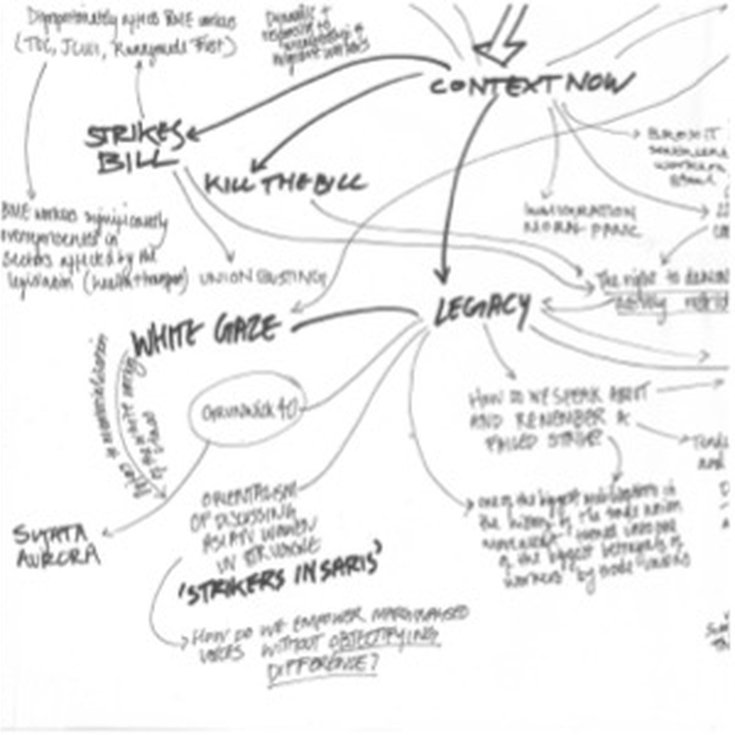Upcoming creative events in Brent.
Opening July 31st, Rushes 01.1: The Year of the Beaver brings together archival material, film, and visual ephemera that reflect on the 1976-78 Grunwick Strike and the wider organising culture that surrounded it, as well as tracing the overlapping histories of political print culture and community filmmaking in North West London. This first presentation investigates the role of media, particularly print and film, in shaping collective resistance and forms of political expression.
At its centre is The Year of the Beaver (1985), a film directed by former Cinema Action and Poster Film Collective member Steve Sprung. Combining original footage, narration, and fragments from the time, the film is both a document of and a reflection on class struggle, the politics of representation, and the labour of filmmaking itself. A selection of posters from the Poster Film Collective, many produced in local workshops, speaks to a rich period of self-organised cultural production across the boroughs of North West London in the 1970s and 80s, when community print studios operated in parallel to struggles for housing, workers’ rights and racial justice. A selection of organisational materials – flyers, production notes, meeting ephemera – grounds the presentation in the lived material conditions of radical media practice, echoing the forms of distribution and circulation that these groups operated within.
Research undertaken in the Brent Archives by Metroland’s studio holder Francesca Telling – sits within and alongside these archival layers. Rather than offering a fixed account of the Grunwick Strike, her work positions the strike in a broader constellation of political, aesthetic and technological developments. A large, hand-drawn spider diagram charts these entanglements, linking the Strike to the rise of Thatcherism, shifts in the technology and culture of photography and documentation, solidarity action such as the Cricklewood Postal Workers’ Strike, and related moments of protest and resistance like the Miner’s Strikes. Alongside, cyanotype prints of press coverage reflect on the ways in which the Strikes were framed and disseminated at the time. Together, these pieces process not only a history, but the ways in which histories are continually reassembled, re-read, and rearticulated.
